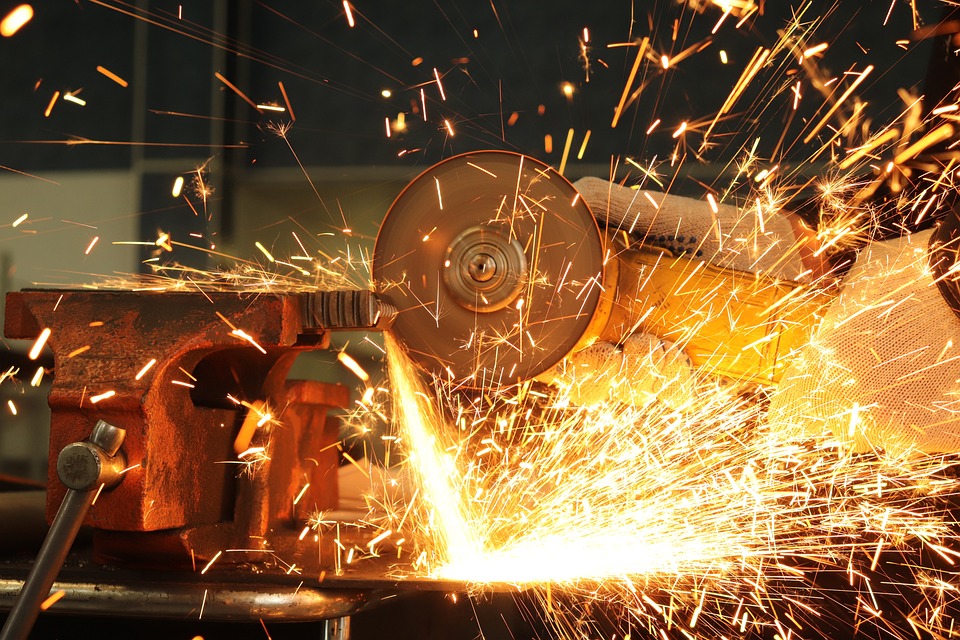Child abuse is a serious and tragic issue that affects millions of children every year. It can take many forms, including physical, emotional, sexual, and neglectful abuse. Recognizing the signs of child abuse and taking action is crucial in order to protect children from further harm. Here are some important steps you can take to recognize signs of child abuse and take action:
1. Educate yourself on the different types of abuse: It’s important to understand the different types of child abuse and how they can manifest. Physical abuse may leave bruises, cuts, or broken bones, while emotional abuse can be harder to spot but may present as changes in behavior, anxiety, or depression. Sexual abuse can be indicated by unexplained genital infections or injuries, and neglect may result in poor hygiene, malnutrition, or frequent absences from school.
2. Look for physical and behavioral signs: Keep an eye out for physical signs of abuse, such as bruises, burns, or unexplained injuries. Changes in behavior, such as sudden aggression, withdrawal, or fear of being around certain individuals, can also be red flags. Pay attention to any signs of neglect, such as poor hygiene or lack of supervision.
3. Listen to the child: If a child discloses abuse to you, it’s important to listen and take their concerns seriously. Believe the child and reassure them that they are not to blame for the abuse. Encourage them to talk to a trusted adult or report the abuse to authorities.
4. Document any evidence of abuse: If you suspect a child is being abused, document any physical injuries or behavioral changes that you observe. Take photos, write down any relevant details, and keep a record of any conversations you have with the child or other witnesses.
5. Report your concerns: If you suspect a child is being abused, it’s important to report your concerns to the appropriate authorities. Contact your local child protective services agency, the police, or a trusted teacher or school counselor. You can also call the National Child Abuse Hotline at 1-800-4-A-CHILD for guidance and support.
6. Support the child: If a child discloses abuse to you, it’s important to offer them emotional support and help them access the resources they need. Encourage them to seek counseling or therapy, and help them develop a safety plan if necessary. Let the child know that you are there to support them and advocate for their well-being.
In conclusion, recognizing signs of child abuse and taking action is crucial in order to protect children from harm. By educating yourself on the different types of abuse, looking for physical and behavioral signs, listening to the child, documenting any evidence of abuse, reporting your concerns, and supporting the child, you can help ensure their safety and well-being. Remember that it takes a village to protect children from abuse, and your actions can make a difference in a child’s life.
Luxury Items for Moms - 70% OFF at ClassyLuxe.com
Younger Glowing Skin - Discover Ancient Ayurvedic Secrets at DoctorIndiaHerbals.com
Explore One of the Largest Collections of Dinosaur-Themed Toys, Games, Gifts, Decor, and More at DinoAvenue.com
Empowering Moms at Every Step - www.SuperMommy.io
Discover Premium Design Elevator Shoes for Men and Women at LondonCobblers.com
Discover Hidden Family Destinations for Vacations at Places.Travelz.io
Find the Best Deals on Airfare and Hotels with Advanced Metasearch Technology at www.Travelz.io

